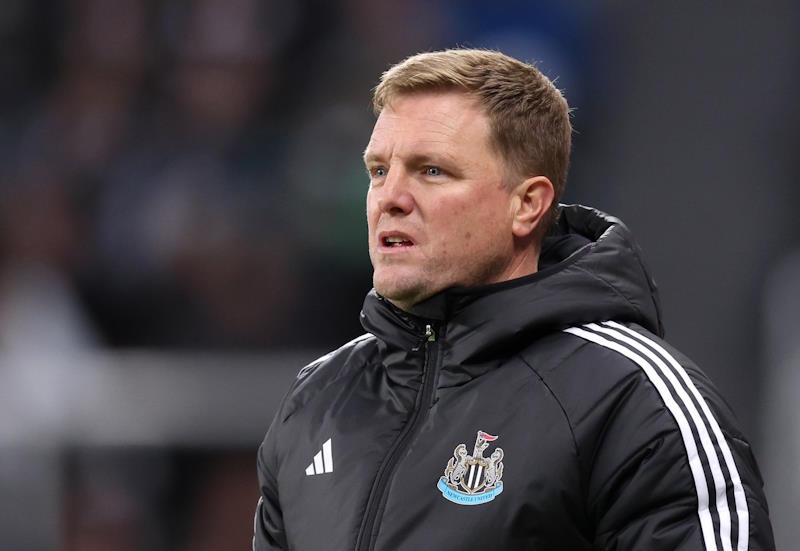
It is tempting to think that Mexico’s Olympic gold medal victory over Brazil at the 2012 London Games will be looked back on in two, five or ten years’ time as the moment the heavily-populated, football mad nation began its long-overdue ascent into the upper echelons of world football. The win, against a highly-talented Brazil side desperate to end their own nation’s long search for Olympic gold, was not only representative of the current strength of Mexico’s young players, but also confirmation of the validity of a nascent plan to ensure future success.
In 2009 the Federacion Mexicana de Futbol (FMF) hatched a two-fold strategy to improve youth standards across the country. At club level they established Under-17 and Under-20 national leagues that all top flight clubs were required to field teams in. At youth international level the FMF prioritised pre-tournament planning, assembling age-level groups a year or so before each major tournament, training them at the superbly appointed national centre for training and development in Mexico City and sending them on foreign tours to forge togetherness and understanding.
The impact was significant. Whereas teams such as Atlas – whose youth program was created under the guidance of Argentine coach Marcelo Bielsa in 1992 – Chivas de Guadalajara and UNAM Pumas had always produced more than their fair share of internationals between them, 14 in each of Mexico’s last two World Cup squads – the new leagues at Under-17 and Under-20 level forced other clubs to take a similarly serious approach to youth development, with the likes of Monterrey and Pachuca excelling.
At youth international level Mexico won the 2011 Under-17 World Cup and finished third at the Under-20 World Cup. In addition, the majority of the Under-23 squad that achieved Olympic gold arose from the team that also won gold at the 2011 Pan American Games, prospered at the Olympic Qualifying Tournament earlier this year and then recorded an impressive success in the Toulon Tournament in June.
All told, eight of the 15 Under-23 players in the Olympic squad played in all four tournaments, a further three taking part in all but the 2011 Pan American games. Coached throughout by senior squad assistant coach Luis Fernando Tena, at the Olympics there was a clear bond between the players, a collective will to succeed best exemplified by the central defensive partnership of Hiram Mier and Diego Reyes and the combative central midfielder Jorge Enriquez.
Reyes and Enriquez were among four players from the 2011 Under-20 World Cup team to progress to the Olympic squad, while a further two – Alan Pulido and Cesar Ibanez – had been involved in the pre-competition preparations, including the Toulon Tournament success, only to drop out once the three over-age players were introduced.
While many, particularly in Europe, dismiss the Olympic football tournament as a non-entity, for Mexico, and for the likes of Brazil and Uruguay, the 2012 Olympics acted as a bridge between the youth categories and the senior squad, an opportunity to see which of the younger generation were capable of stepping up to the mark for the 2014 World Cup and beyond.
Enriquez, Mier and Reyes were among the obvious candidates for senior honours to emerge from the tournament, alongside the inventive forward Marco Fabian, industrious winger Javier Aquino and energetic midfielder Hector Herrera. With Giovanni dos Santos, plus a strong nucleus of players in their mid-twenties – the likes of Andres Guardado, Hector Moreno, Javier Hernandez and Jesus Zavala – Mexico are putting together a very strong squad for Brazil in 2014.
This sort of continuity and clear progression through the youth categories is being heavily prioritised. There are always some players who will improve independent of standard development curves, but the usual thinking is that most of the players considered the best technically at Under-17 level are those most likely to progress to the Under-20s, and then from the Under-20s to the senior squad.
While the Olympic squad were busy winning the gold medal, a Mexico Under-20 side already gearing up for next year’s World Cup at that age level were setting Europe alight, winning youth tournaments in Ireland, the Netherlands and Russia. Among their ranks were six of the 2011 Under-17 World Cup winning squad. Carlos Fierro would surely have joined them were he not playing such a prominent part in Chivas’ early-season Liga MX fixtures.
The future then, looks exceedingly bright for the Mexican national team. Thousands upon thousands gathered in the central plazas of Mexico City, Guadalajara and other major cities to rejoice in the Olympic triumph, which provided welcome, albeit temporary, relief from ever increasing instances of drug-related violence and murders. It will take more than success on the football pitch to rid the country of all its ills, but the current generation of footballers at least looks capable of providing some joy to an otherwise embittered populous.
“Mexico needs heroes,” said one supporter in the wake of the gold medal win. “This team, this is it.”












